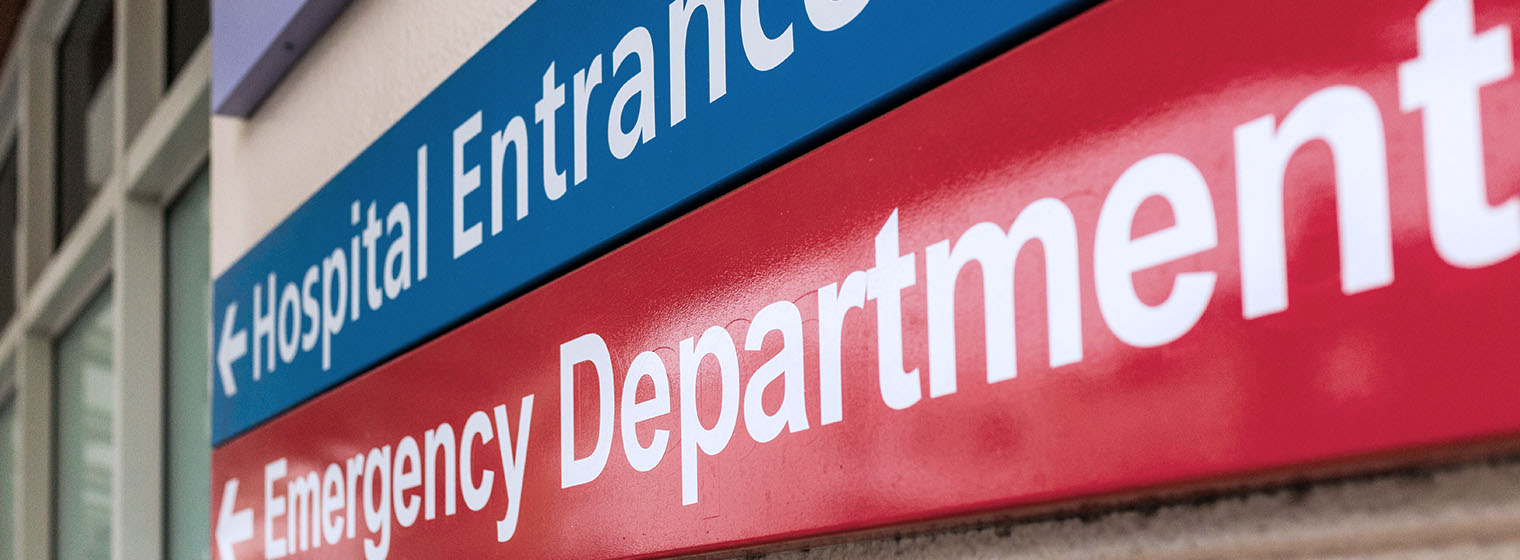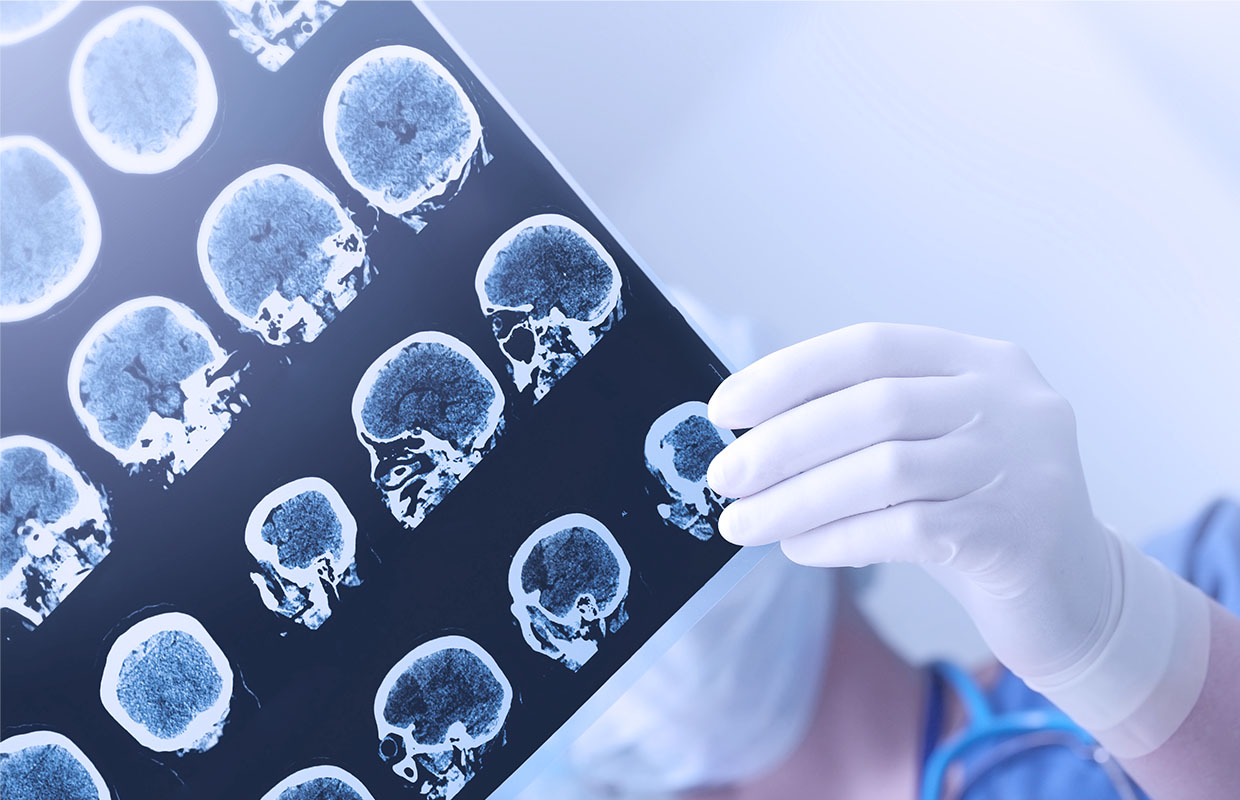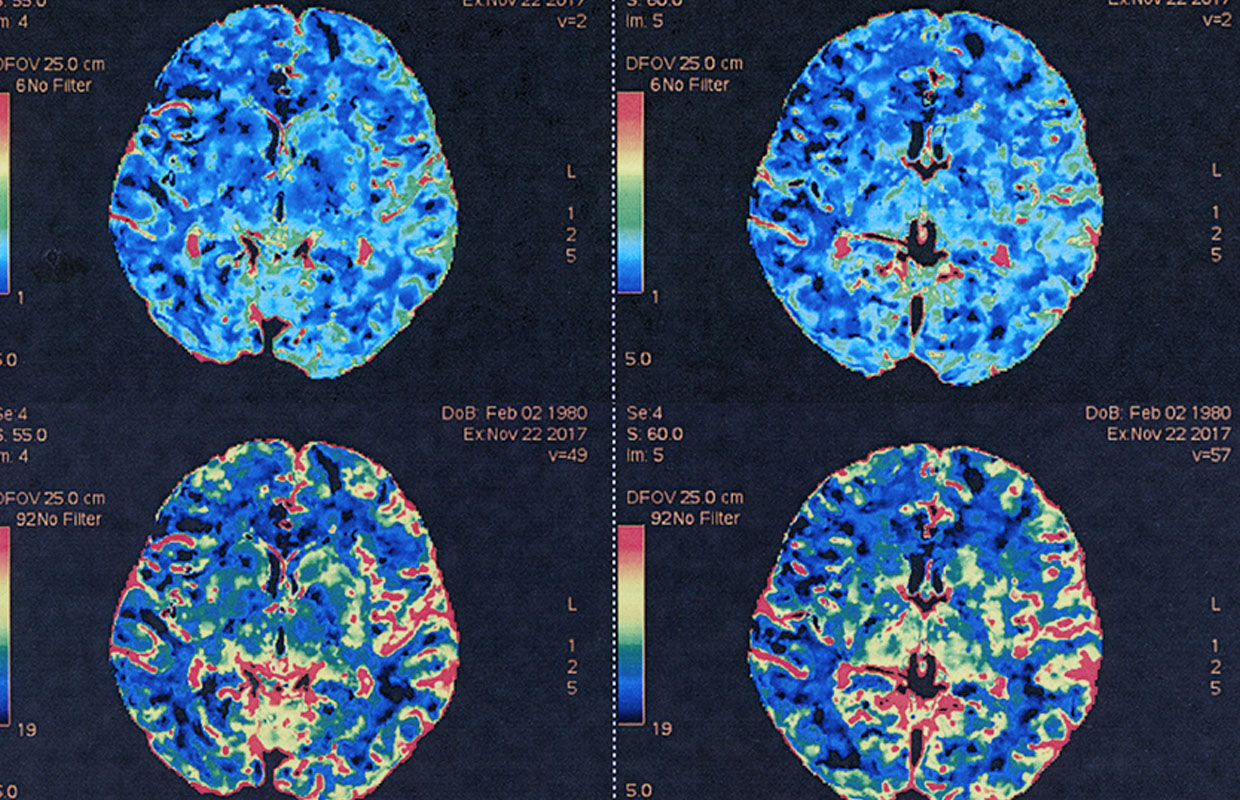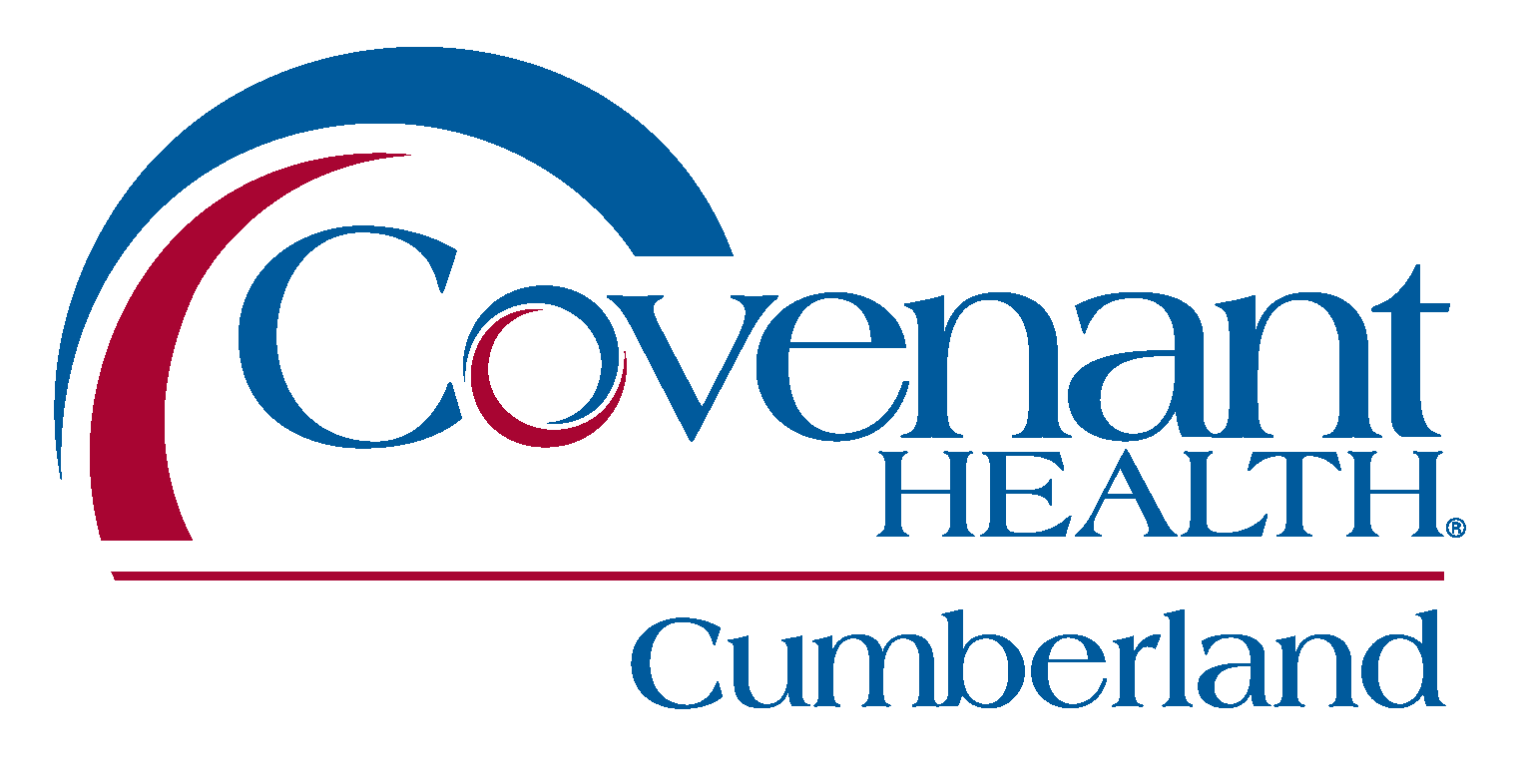Types of Stroke
Each type of stroke can have different warning signs and symptoms, occur in different areas of the brain, and can result in differing outcomes.

Types of Stroke
There are three basic types of strokes:
- Ischemic
- Hemorrhagic
- Transient ischemic attack (TIA)
Each type of stroke can have different warning signs and symptoms, occur in different areas of the brain, and can result in differing outcomes. To learn more about stroke prevention, click here.

Ischemic Stroke
About 80 percent of strokes are ischemic. An ischemic stroke is most frequently caused by a blood clot that lodges in an artery and blocks the flow of blood to a part of the brain. High blood pressure is the most important risk factor for ischemic stroke.
Symptoms & Warning Signs of an Ischemic Stroke
Ischemic strokes are typically preceded by symptoms or warning signs that may include:
- Loss of strength or sensation on one side of the body
- Problems with speech and language
- Changes in vision or balance
They usually occur at night or first thing in the morning. Symptoms develop over a few minutes or worsen over hours. Often a TIA (transient ischemic attack) or “mini-stroke” (which you can read more about below) may offer some warning before a major ischemic stroke occurs.
Types of Ischemic Strokes
There are three types of Ischemic strokes:
- Thrombotic strokes are caused by a blood clot (thrombus) in an artery going to the brain.
- Embolic strokes occur when a clot that’s formed elsewhere (usually in the heart or neck arteries) travels in the bloodstream and clogs a blood vessel in or leading to the brain.
- Systemic hypoperfusion (low blood flow) is caused by circulatory failure of the heart.

Hemorrhagic Stroke
A hemorrhagic stroke occurs when a blood vessel ruptures within the brain. About 15 to 20 percent of strokes are hemorrhagic.
Symptoms of a Hemorrhagic Stroke
The symptoms of a hemorrhagic stroke usually appear suddenly and often include:
- Severe headache
- Nausea and vomiting
- Partial or total loss of consciousness
Types of Hemorrhagic Strokes
There are two kinds of stroke due to ruptured blood vessels:
- Subarachnoid hemorrhage due to ruptured aneurysms. Subarachnoid hemorrhage most commonly occurs when an aneurysm ruptures and bleeds into the space between the brain and the skull. Most aneurysms are congenital and rupture due to high blood pressure.
- Intracerebral hemorrhage due to ruptured blood vessels. Intracerebral hemorrhage occurs when a blood vessel bleeds into the tissue deep within the brain. The main causes are chronically high blood pressure and aging blood vessels. Arteriovenous malformations (AVMs) are also congenital malformations of blood vessels in the brain which can rupture into brain tissue as they get larger.
In both types of hemorrhagic stroke, blood flow is disrupted to part of the brain.
Victims of hemorrhagic strokes are often younger and the fatality rate is higher than for ischemic stroke. Overall prognosis is also poorer for those who have hemorrhagic strokes.
Transient Ischemic Strokes (TIA)
About 10 percent of strokes occur after incidents called transient ischemic attacks, or TIAs. A TIA is a “mini-stroke” that occurs when a blood clot blocks an artery for a short time. TIAs may occur days, weeks, or months before the onset of a stroke.
Symptoms of a TIA
The symptoms of a TIA are like the warning signs of an ischemic stroke, but they usually last only a few minutes.
Possible symptoms can include:
- Weakness, paralysis, or numbness on one side of the body, especially the leg, arm, or face
- Impaired vision
- Impaired speech
- Poor coordination or loss of balance
The Risk of TIAs
TIAs are strong predictors of stroke risk. Don’t ignore them. Call 9-1-1 or seek emergency medical attention immediately.


